According to McKinsey, the typical consumer supply chain accounts for over 80% of greenhouse gas emissions and more than 90% of the impact on air, land, water, biodiversity and natural resources. The triple bottom line is a system of measurement that evaluates the financial, social, and environmental performance of a business. This system has become increasingly important in supply chain management, as it can be used to reduce inventory, and packaging waste creating more efficient supply chain operations.
Triple Bottom Line Supply Chain
The triple bottom line approach encourages sustainable practices like using green energy sources and materials for production, as well as eco-friendly packaging for product and shipping materials. By incorporating these types of sustainable initiatives into their supply chains, businesses are able to reduce their carbon footprint. Furthermore, this type of sustainable approach has been known to improve supplier relationships by creating a shared sense of responsibility for reducing the carbon footprint of the entire organization.
Improved Demand Forecasting
New technologies and cloud-based solutions for inventory forecasting provide businesses with a much more accurate view of demand, as opposed to relying on manual methods or outdated software. This can help reduce inventory waste significantly, as businesses can anticipate customer needs and plan ahead in order to meet their requirements. Accurate demand forecasts empower businesses to make smarter decisions when it comes to stocking their inventory and they can also use the data gathered from these forecasts to identify trends that may not have been noticed before.

By using predictive analytics, companies can better understand the factors that lead to fluctuations in demand, allowing them to stock the right amount of goods at just the right time. Consequently, this reduces both overstocking and understocking, which in turn will help cut down on costs associated with labor, transportation and storage as well as spoilage and damage of goods due to mismanagement of inventory levels.
Furthermore, having a better understanding of customer needs makes it easier for businesses to stay ahead of competitors by quickly adapting their strategy based on changing market conditions. A cloud based solution allows organizations to gain a much clearer picture of customer demands so that they can optimize their production and distribution processes while avoiding any unnecessary waste that may arise from inaccurate predictions.
Reduced Inventory Expiration
Cloud based solutions such as The Owls inventory expiration module can drastically reduce inventory waste by leveraging ABC Analysis for Inventory Management. With cloud based platforms, businesses are able to quickly and easily identify which items are facing expiration and those that have a higher importance level to the overall business. This allows companies to accurately forecast and plan their inventory levels, avoiding overstocking or under stocking which leads to unneeded losses in capital.

Additionally, these cloud based solutions are often equipped with predictive analytics capabilities which enable organizations to monitor inventory usage trends and anticipate when they should order new items. These insights help companies avoid having too much stock on hand, reducing the amount of waste due to expired items. Furthermore, by using a centralized platform businesses can ensure that all of their data is up-to-date and reliable for making informed decisions about their inventory levels. In essence, cloud based solutions provide businesses with an efficient way of managing their inventory in order to reduce waste which often ends up in landfills, and guarantees optimal product availability at all times.
Cutting Plastic Waste in Packaging
The EPA estimates plastic and packaging waste makes up about 30% of total waste in the United States each year, with 9% of that being recycled.
If you had the potential to greatly reduce plastic waste in your supply chain through a cloud base solution, would you do it? New technology has allowed for a packaging platform that allows organizations to track and measure their packaging waste in real-time. This helps reduce plastic waste, as companies can better plan for production or identify problems with the way their product packaging is created.
“In the context of supply chains, it is difficult to make informed decisions without clear data as most of the environmental impact occurs upstream during plastic production and downstream during disposal, meaning companies aren’t able to quantify that impact.”
– Hugo Fuentes – CEO of The Owl Solutions.
This tool offers more detailed data collection and reporting features than on-site methods, which helps organizations accurately measure and report on their sustainability goals. By having access to up-to-date information about their supply chain operations, business owners are able to quickly identify potential areas of improvement and take proactive steps to reduce plastic consumption.
Sustainability is already a major consideration for many consumers when selecting a brand, and demand for sustainability practices will only continue to rise whether it comes from the public, investors or regulations. Having the ability to meet consumer needs better than the competition is a competitive advantage.
A triple bottom line approach can help identify opportunities to streamline processes and reduce costs associated with resource consumption. By taking steps to address these issues through process improvements and investments in automation tools such as The Owl Solutions, businesses can significantly reduce their inventory and plastic waste, streamlining operations while achieving better profitability outcomes.
This level of transparency helps foster collaboration among partners in the supply chain network and allows companies to stay ahead of emerging trends in sustainability while continuing to cut costs associated with inventory management and plastic packaging.
